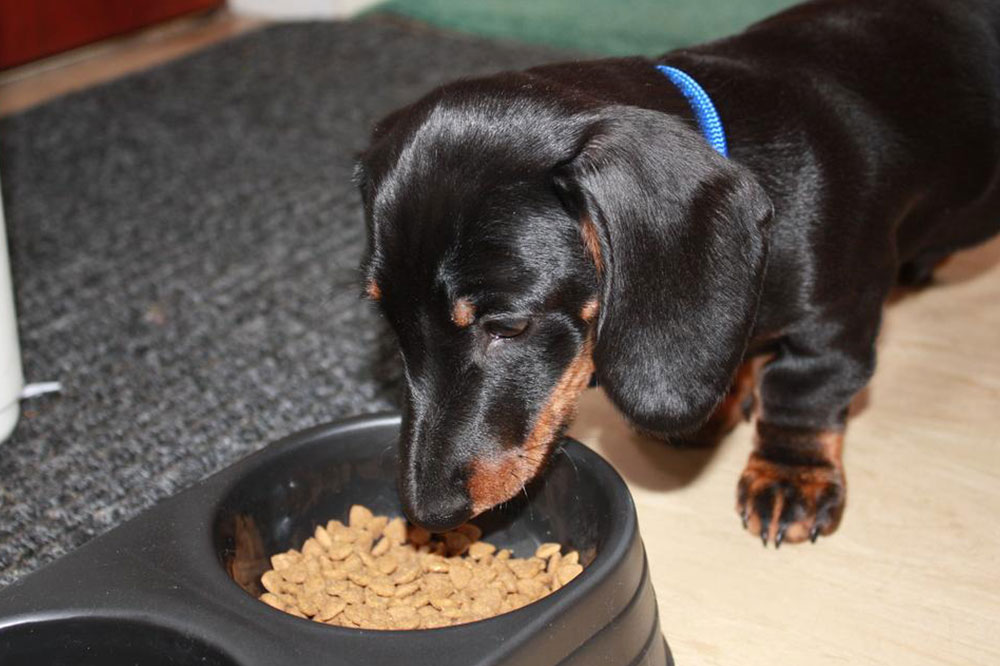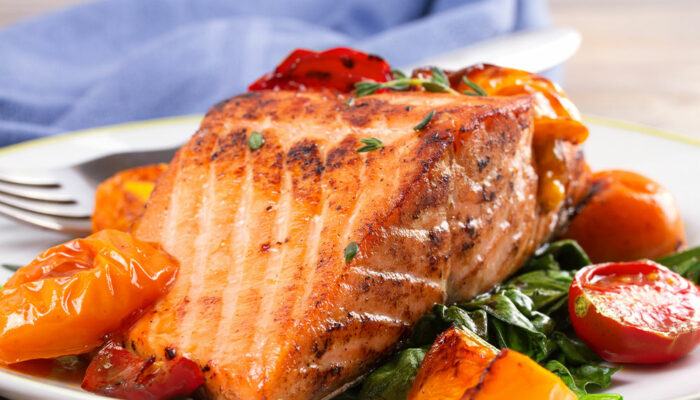
Treating Food Allergies in Dogs
Treating a food allergy is all about diagnosing it, since food allergies are not easy to detect. The clinical signs are similar to other types of allergies, and it takes weeks to identify the allergen in your dog’s diet. Your vet has to confirm if the symptoms indicate a food allergy from dietary history and also has to rule out food intolerance. If an allergy is suspected, you have to work with the vet to identify the allergy-causing food and it takes a lot of patience and time.
- Watching out for signs of allergy
If you think your dog has eaten something other than the normal diet and is showing signs of stomach upset, try feeding a low-protein diet like boiled rice or potato till the symptoms subside. If the diarrhea is severe, consult your vet. Do not try over-the-counter medications to stop diarrhea without consulting the vet. - Following an elimination trial
If your dog has been following the usual diet and is still showing symptoms of an allergy, it could be the immune response. Your vet will go through the food patterns and history of your dog and suggest an elimination trial. It is the most accurate method to isolate the allergen. Your dog is fed a new source of protein and a new source of carbohydrate which is different from what is in its current diet. The anti-allergy food, a reduced ingredient commercial food or a diet of bland human food, is referred to as a hypoallergenic diet. This stops the immune response from being triggered. - Choosing a hypoallergenic diet
Food in a hypoallergenic diet is different from what is commonly found in commercial dog food. Sometimes, the entire food family will have to be changed, instead of just one particular food item. The food contains hydrolyzed proteins where the protein is broken into small pieces so that they don’t trigger an immune response. Lamb and rice, fish and oatmeal, or venison and sweet potato are some diets that are tried. This diet is fed for 8 to 12 weeks. Hypoallergenic food is commercially available too. If you do not get the right constituents, you have to feed your dog home-cooked food. - Special diet restrictions
While on this special diet, you should not feed your dog any other food like cookies, treats, since any of it may trigger the allergic reaction. Supplements, flavored vitamins, worm preventives, flavored toothpaste, flavored toys, and rawhides should also be avoided. Once your dog has got into a diet that he does not react to, you can slowly introduce other food and find out which food is causing the allergic problem. - Medication
Some pets are given medication if the symptoms are severe, but mostly they are treated with a hypoallergenic diet. Corticosteroids to reduce inflammation and antihistamines to calm the itching may be prescribed, but vets try to avoid them as they mask the allergic symptoms making it difficult to identify the allergen. Antibiotics are prescribed for secondary skin infections. If necessary, the vet may take blood tests and patch tests on the skin.
Once the allergen is identified and the elimination diet is over, probiotics and omega-3 foods may be recommended to support your dog’s immune system and prevent it from developing new allergies.



